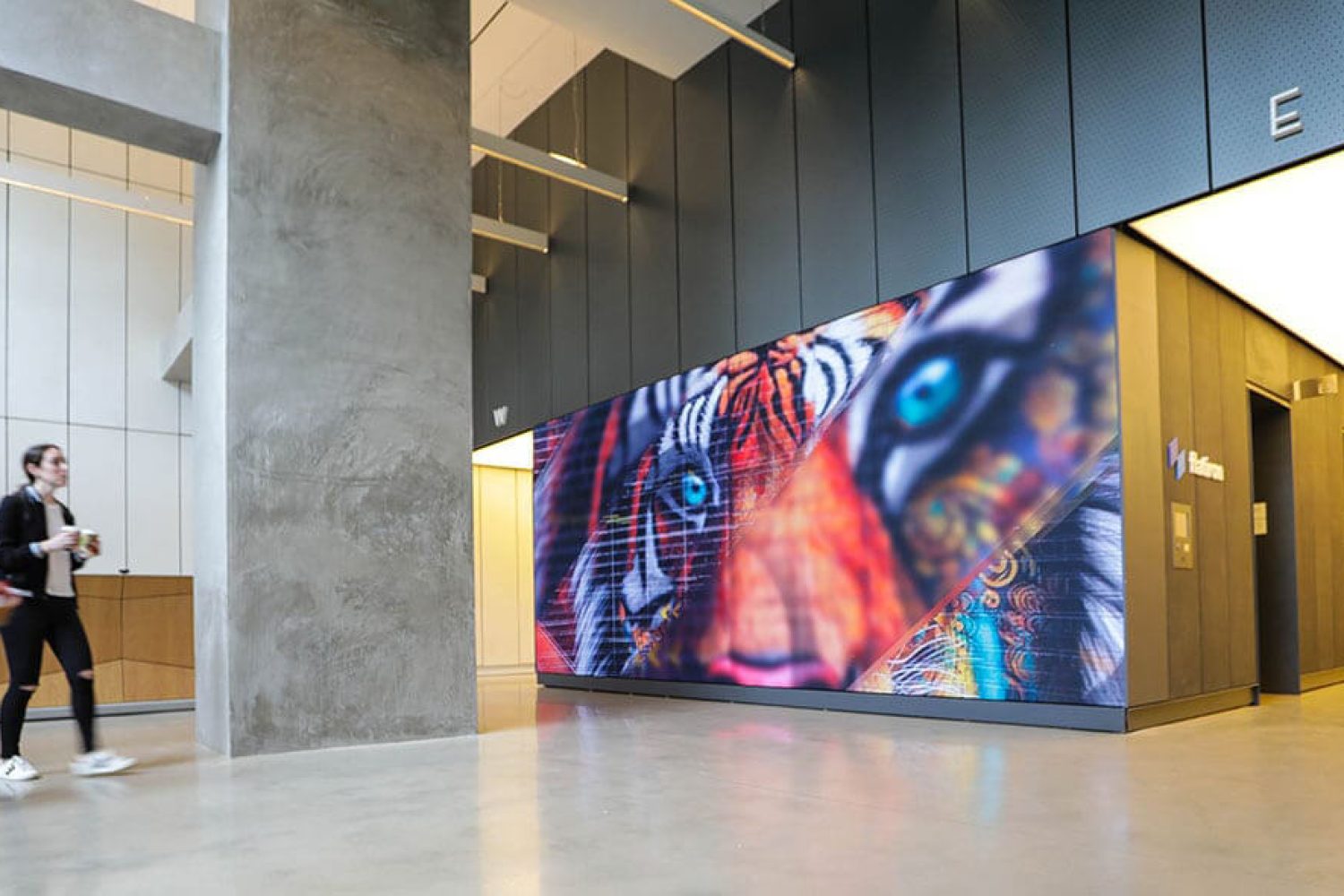Investigating the Effectiveness of Diverse LED Display Calibration Methods for Optimal Sight Performance
Wiki Article
LED displays have grown progressively favored in multiple settings, including theater venues, concerts, and business gatherings. These large screens provide lively colors and sharp images, making them ideal for visual presentations. However, to achieve the best visual performance, proper tuning of Light Emitting Diode screens is essential. Calibration refers to the method of modifying the display parameters to guarantee that hues, luminosity, and differentiation are accurate and consistent. Different tuning methods can considerably impact the total quality of the visual experience, making it vital to investigate the efficacy of these approaches.
One frequent technique for tuning Light Emitting Diode screens is handheld tuning. This approach involves modifying the settings by manual means, often using specialized instruments and programs. Specialists typically examine the screen's color precision and luminosity levels, making modifications based on their findings. Handheld calibration allows for a high degree of personalization, as specialists can adapt the settings to the particular setting and material being shown. However, this method can be time-consuming and requires a skilled specialist to achieve optimal results. Despite its difficulties, manual tuning can lead to remarkable visual performance when done properly.
Another popular calibration technique is the application of automatic calibration. This method uses software and sensors to measure the screen's functionality and make adjustments automatically. Automated calibration can save time and reduce the risk for manual error, as the software can rapidly analyze the display and implement the necessary changes. This method is particularly useful in settings where the LED wall is frequently used for different types of material, additional resources as it can adjust to various lighting environments and material requirements. While automatic tuning may not offer the identical level of personalization as manual tuning, it can still deliver excellent outcomes for many uses.

A third method worth noting is the application of color calibration tools. These devices, such as colorimeters and spectrophotometers, measure the hue results of the LED wall and help ensure that the hues shown are correct. By employing these devices, technicians can identify any discrepancies in hue representation and make the required adjustments. This method is especially important for applications where hue precision is essential, such as in graphic design or video creation. Hue tuning instruments can enhance the total display performance of Light Emitting Diode walls, ensuring that the audience sees the intended colors and details.
In summary, the efficacy of various LED wall tuning methods plays a vital role in attaining best display quality. Manual tuning offers personalization but can be time-consuming, while automated tuning provides speed and uniformity. Additionally, hue tuning instruments help ensure accurate hue representation, which is essential for many applications. By comprehending and employing these calibration techniques, technicians can enhance the visual experience for viewers, making Light Emitting Diode walls an even effective instrument for interaction and entertainment. As technology continues to progress, ongoing study and development in calibration methods will likely lead to even better visual quality in the time ahead.